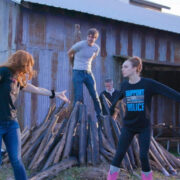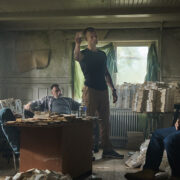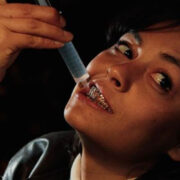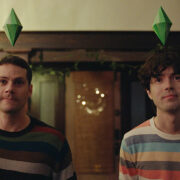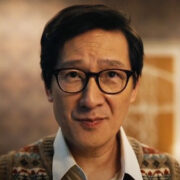Happiness, Delusion & Catharsis In LARS AND THE REAL GIRL
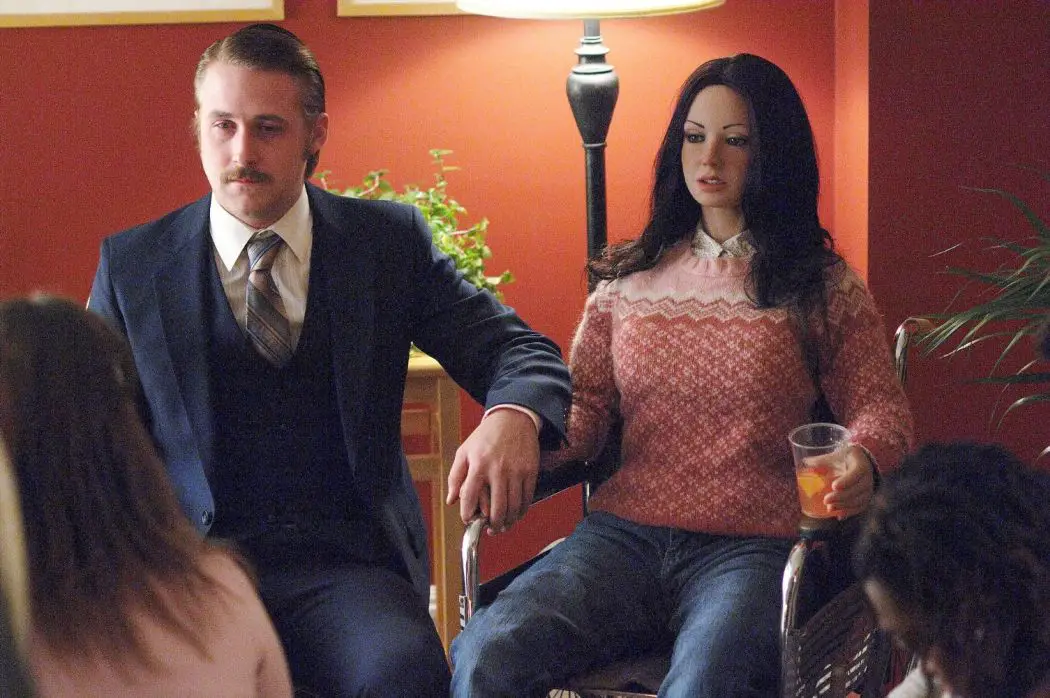
Eric D. Bernasek lives on the island just north of…
This is a simple story: An awkward and lonely boy meets a quiet girl who also happens to be inanimate and made almost entirely from silicone, meanwhile the boy’s family, friends, and acquaintances participate in sustaining his delusion that the girl is a real, live human.
There’s Something About Bianca
Based on premise alone, you’d be silly to expect that Lars and the Real Girl (2007) would be the sensible, nuanced, and emotionally complex movie that it is. On its face, this story seems like the sort of thing the Farrelly Brothers could have packed theatres with in the ’90s. But in reality, so to speak, it’s not that. Not at all. Lars and the Real Girl is, in a word, restrained. Though it repeatedly presents scenarios that any reasonable person would assume could only be played for laughs, it never really gives in to the impulse to make an easy joke.
So, despite appearances, this is not a dumb, gross comedy – which is not to say it isn’t sometimes funny. This is a sensitive movie, a big-hearted, idealistic, vulnerable movie. This is the kind of movie that incorporates a change of season into the mise-en-scène as a metaphorical device. It’s the kind of literate movie that makes reference to Don Quixote but doesn’t clobber you over the head with it, or with its own intelligence, or humanity. Lars and the Real Girl is a movie that wants you to be happy and that feels pretty confident – you know, not annoyingly confident, more like reasonably self-assured – that it could make you happy. If you want to be.
Happiness = Self-Deception
All of that may sound nice – it is! – but it ignores the fact that in some cases happiness might just depend upon your willingness to indulge in a little self-deception, even delusion. Lars and the Real Girl is, after all, a movie that also asks you to pretend that Ryan Gosling – even with a mustache, a bad haircut, and a lumberjack’s business casual wardrobe – could ever be an awkward and unattractive loner. In this case he is.
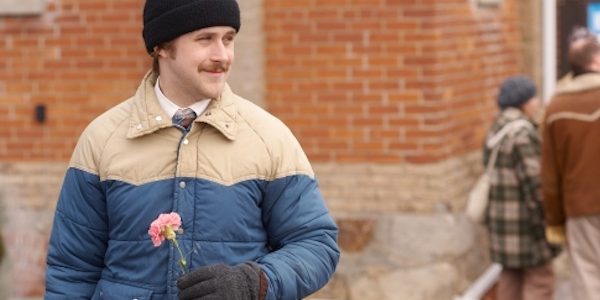
Aside from the fact that Lars (Gosling) is clearly delusional – whether voluntarily or involuntarily, it’s difficult to definitively say – there’s nothing else about Lars that’s psychologically amiss. Sure, he has difficulty communicating and shows signs of being anti-social, but he’s otherwise a high-functioning person with a job and other adult responsibilities.
Both the script – which is sadly the only feature from Nancy Oliver – and Gosling’s portrayal of the character prevent the viewer from seeing Lars as someone who is “sick” or someone that should be pitied, despite his delusion and the acute social isolation that helps to bring it on.
The Brothers Lindstrom
Lars Lindstrom lives in a carriage house adjacent to his childhood home, which was inherited by his brother Gus (Paul Schneider), who lives there with his wife Karin (Emily Mortimer). Increasingly pregnant and already innately maternal, Karin repeatedly tries in vain to get Lars to come over for dinner. Meanwhile, an older woman at church, Mrs. Gruner (Nancy Beatty) tries in vain to get Lars to seek out romance, and the new girl at work, Margo (played by an uncharacteristically mousy Kelli Garner), tries in vain to get Lars to seek out her in particular.
Apparently prompted by nothing more than the pace of approaching plot points, Lars soon receives a very large and very mysterious crate, and “Bianca” (a very realistic but still inanimate sex doll) is shortly dining with Karin and the Brothers Lindstrom. Later we’ll learn that the pregnancy of Lars’ sister-in-law and his associating it with an early childhood trauma has created a psychological crisis that our hero is, whether intentionally or not, trying to address by pretending that his silicone sweetheart is really the living, breathing love of his life.
Once again, the most obvious thing to write next is “hilarity ensues.” But it doesn’t. There’s nervous discomfort aplenty – akin to the mild electric current that runs through the set-up on an episode of Seinfeld or Curb Your Enthusiasm – but it never pays off in side-splitting laughs. Instead, a handful of complex and human characters do what they think is best for someone they care about while struggling with the potential consequences of abetting his delusion.
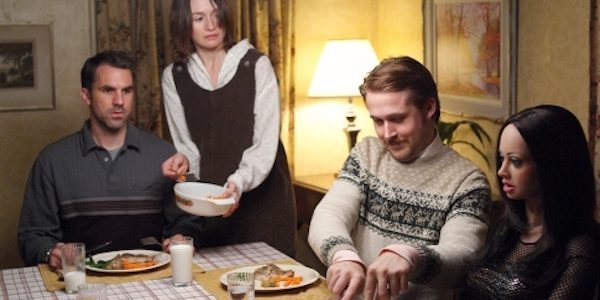
Meanwhile, the viewer’s discomfort echoes what Lars’ family and friends appear to be feeling onscreen. But as the story progresses and the viewer finally accepts that no ill-begotten laughs will be forthcoming – admittedly, this may not happen until a second viewing – it becomes clear that the affectionate restraint of the people in Lars’ life exemplifies something that Cameron Crowe said about Lloyd Dobler, the teen-something hopeless romantic in his directorial debut, Say Anything (1989): the people who love Lars practice “optimism as a revolutionary act.”
Catharsis, Onscreen And Off
On one level, the way that the people around Lars play along (and in so doing get some emotional catharsis of their own) serves to expose the melodrama of what we generally refer to as “real life.” But on another level, the way that Lars simulates common scenarios in romantic relationships, allowing himself to feel and otherwise experience difficult emotions in a controlled environment of his own invention, mimics the experience that viewers often have when watching a movie.
By immersing ourselves in the emotional worlds of people in a fiction we can, in our own controlled environment, explore what they feel and, like Lars, cautiously allow those emotions to touch areas of our real lives outside the safe world that Lars and the Real Girl creates for us.
Consider, for instance, the prolonged break-up that Lars stages with Bianca. Whether knowingly or just intuitively, he mimics the ways in which we often muddle through transitions in life, moving forward only reluctantly and lashing out whenever confronted with our inability to deal with uncertainty and change. While Lars’ situation is on the whole laughably unusual, the way that it plays out will be familiar to most of us.
Consider also the way in which practically every conversation in Lars and the Real Girl is littered with innocent double entendres. For his part, Lars is using fantasy to come at something sideways, instead of head on. Meanwhile, the people who interact with him are repeatedly saying things in place of something else, something similar but not strictly the same, something that has a literal meaning to Lars but a deeper more resonant meaning to everyone else.
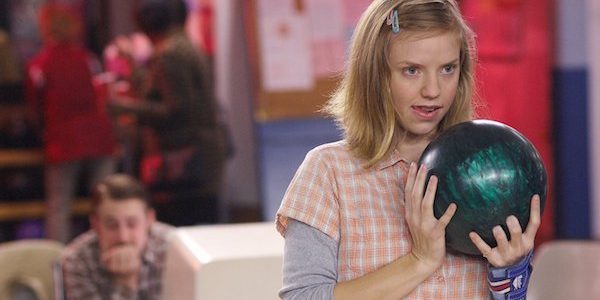
This too resembles the experience viewers often have while watching a movie, in that we allow the emotions and experiences of fictional people to speak for our own experiences. We may be genuinely sad for the death of someone fictional, but at the same time we are often sad for (or reminded of our sadness for) someone or something we’ve been reminded of in the real world.
From Delusion To Reality
The iconoclastic composer John Cage once said that “art is sort of an experimental station in which one tries out living.” This notion nicely encapsulates what takes place for Lars and, by extension, the viewer. We find ourselves in a place both artificial and realistic, and what happens there affects us in ways that (if we allow it to) can reach out and touch the four-dimensional world outside.
Lars’ delusion helps to at first facilitate his emotional expression, then his psychological exploration, and then ultimately his catharsis. His relationship with Bianca – with all its imagined ups and downs – allows Lars to simulate the sort of emotional experiences that he fears in real life, experiences that he cautiously allows to bleed from his delusion into reality.
The viewer’s personal catharsis will be unique and individual, and will likely vary from one viewing to the next, but for Lars there is a more specific outcome. After gradually exploring the emotional world he had walled off to protect himself he discovers that he must cross a threshold by not just feeling emotions generally but by feeling emotions specifically for other people.
In allowing himself to care for Karin (and her baby) and Margo (and her teddy bear), Lars enacts a sort of growing up, a transition from childhood to adulthood that he completes by manufacturing a rite of passage for himself, in which he gives up something that was meaningful to him in the same way a child gives up a blanket or a doll.
Do you think the way that Lars’ family and friends reacted to Bianca was believable? Let us know in the comment section below!
Does content like this matter to you?
Become a Member and support film journalism. Unlock access to all of Film Inquiry`s great articles. Join a community of like-minded readers who are passionate about cinema - get access to our private members Network, give back to independent filmmakers, and more.
Eric D. Bernasek lives on the island just north of the island that is Montreal. He thinks too much and writes too little. He is currently working on a book about movies from your childhood: "Does Barry Manilow know that you raid his wardrobe?" – Authority and Rebellion in Movies About High School.



